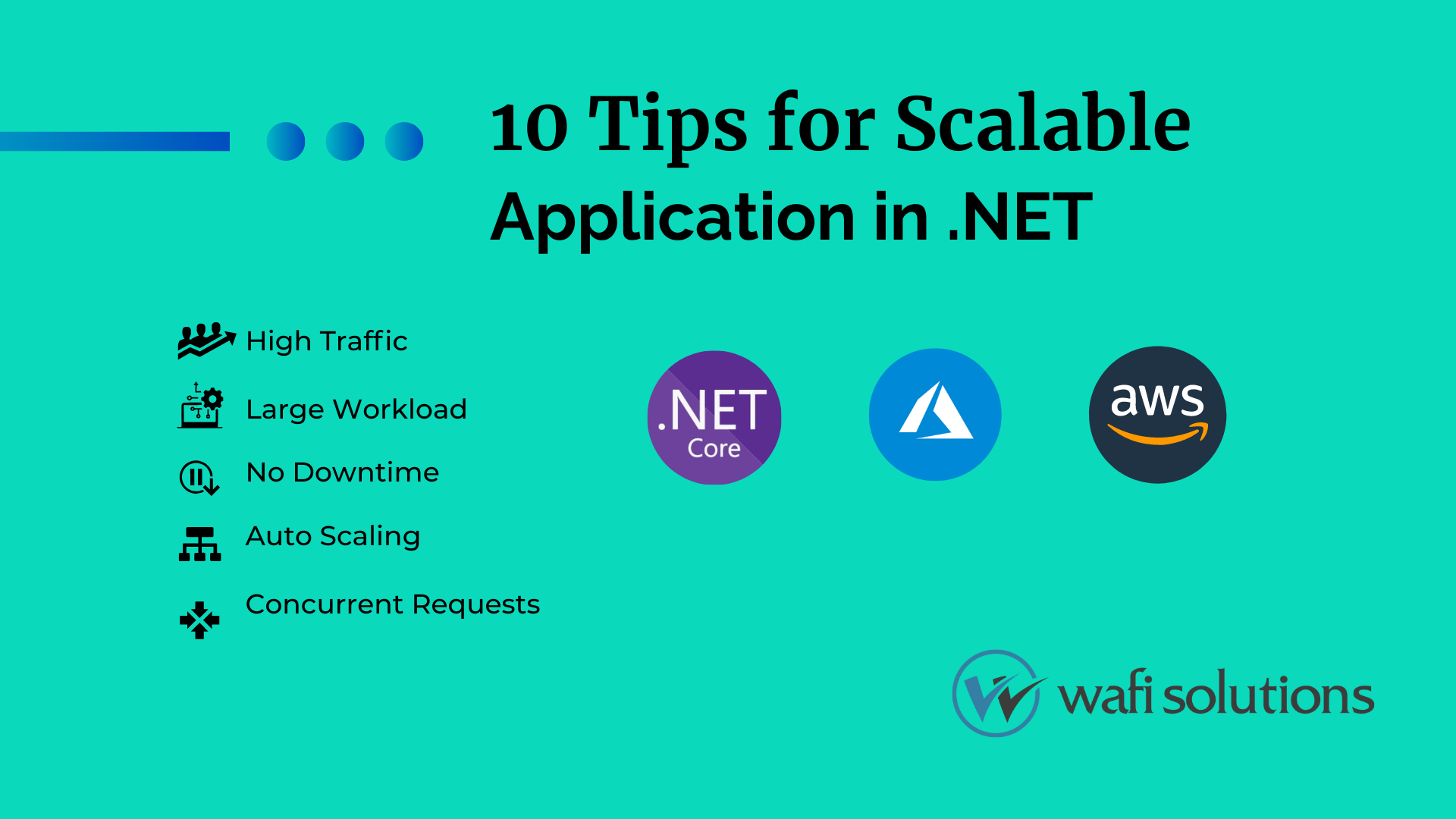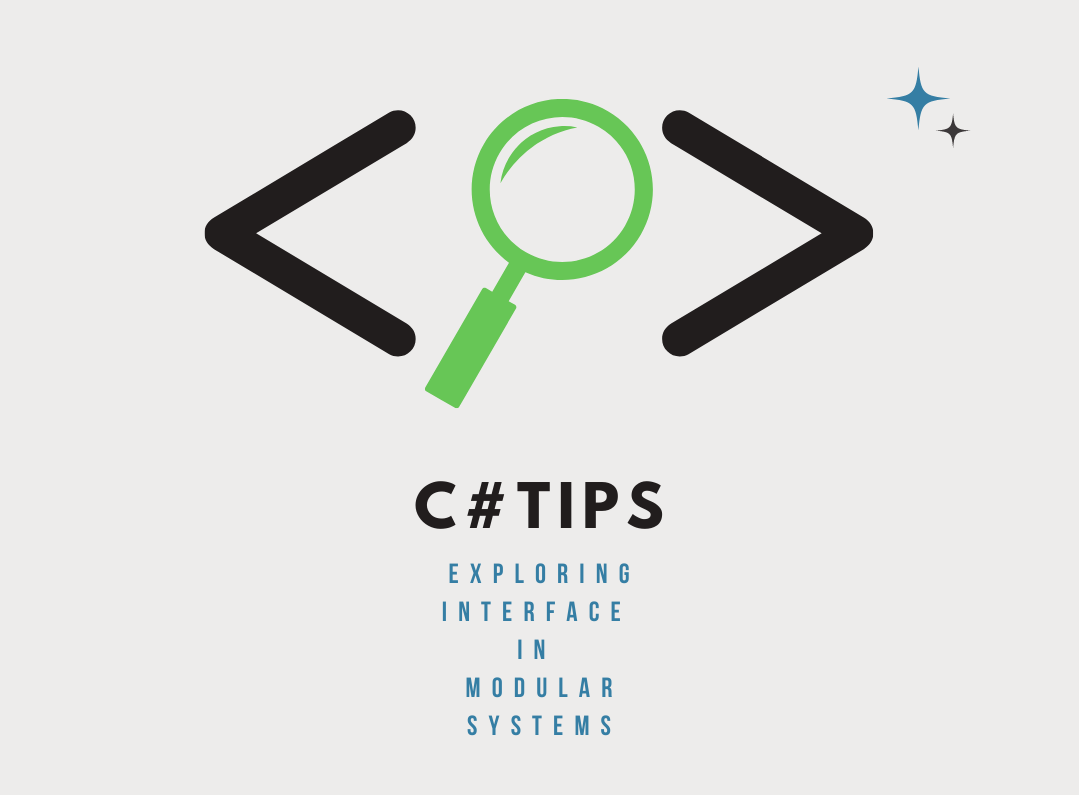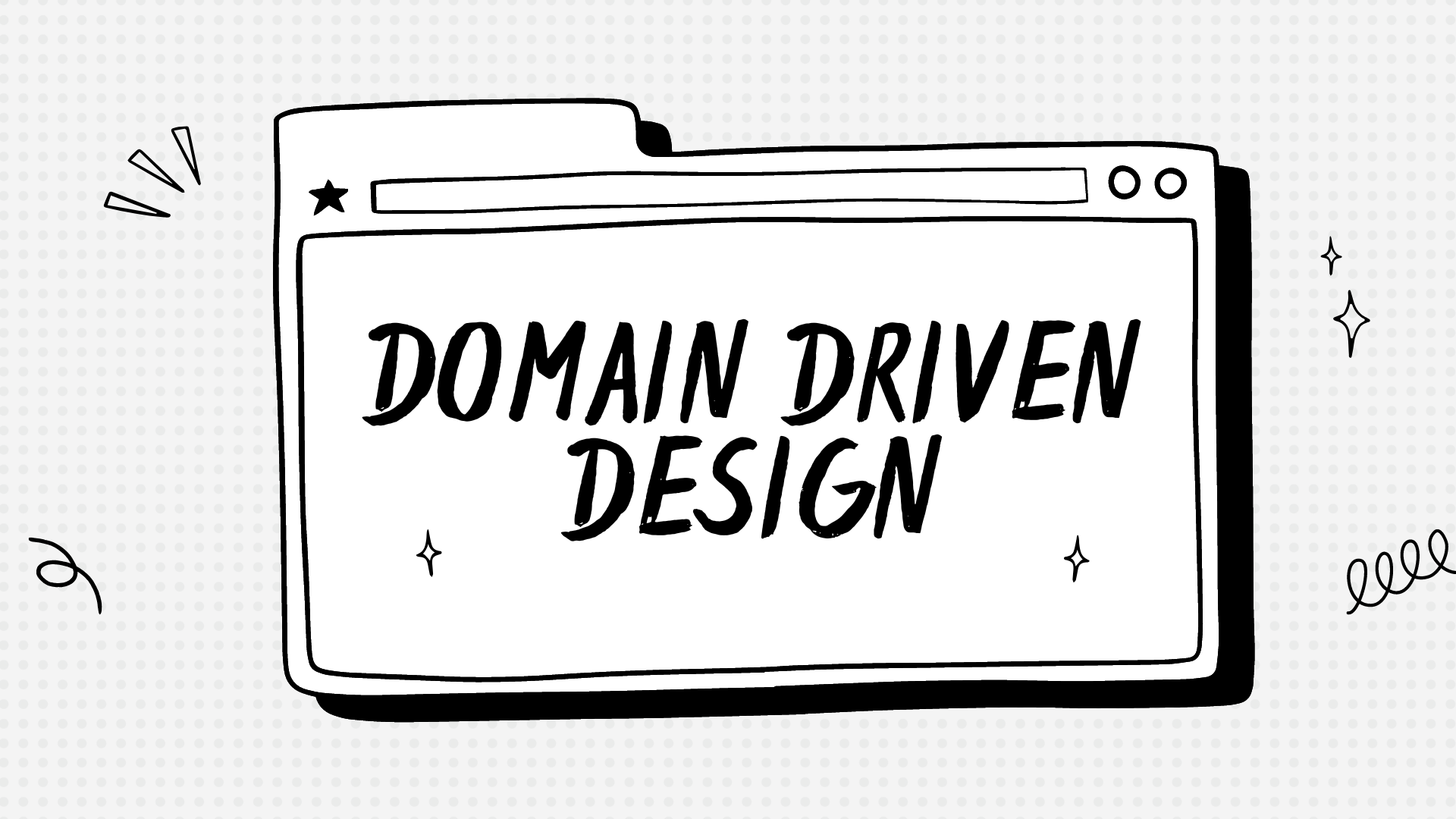
Introduction:
In this article, we will explore the powerful combination of DDD and Clean Architecture, two popular software development methodologies that can greatly enhance the quality and maintainability of your applications.
Domain-Driven Design emphasizes understanding and modeling the problem domain to create software solutions that closely align with real-world business processes. Clean Architecture, on the other hand, focuses on separating concerns and maintaining a clear separation of dependencies within a software system.
By combining these two approaches, developers can build robust, maintainable, and flexible applications that are centered around the domain while adhering to the principles of Clean Architecture.
What is the Domain Driven Design?
Domain-driven design (DDD) is an approach to software development that emphasizes understanding and modeling the problem domain in order to create software solutions that closely align with real-world business processes and concepts.
Playing football is very simple, but playing simple football is the hardest thing there is. — Johan Cruyff
Writing code is very simple, but writing simple code is the hardest thing there is. — ???
DDD is suitable for complex domains and large-scale applications rather than simple CRUD applications. It focuses on the core domain logic rather than the infrastructure details. It helps to build a flexible, modular and maintainable code base.
Key Concepts
DDD introduces a set of concepts, patterns, and techniques to help developers and domain experts collaborate effectively and build software systems that accurately represent the domain. Some of the key concepts in DDD include:
- Ubiquitous Language: DDD promotes the use of a common language that is shared between the development team and domain experts. This language should reflect the domain concepts and be used consistently throughout the software development process.
- Bounded Context: A bounded context defines a clear boundary around a specific part of the domain. Within each bounded context, a specific model is developed that encapsulates the domain concepts and rules. Multiple bounded contexts can exist within a larger software system.
- Aggregates: Aggregates are clusters of related objects that are treated as a single unit. They encapsulate consistency boundaries and enforce rules that ensure the integrity of the domain model.
- Entities and Value Objects: Entities represent objects with unique identities, while value objects are objects that are identified solely by their attributes. DDD provides guidelines for identifying and modeling these concepts.
- Domain Services: Domain services encapsulate behavior or operations that do not naturally fit within an entity or value object. They represent important operations or workflows within the domain.
- Domain Events: Domain events capture significant occurrences within the domain. They can be used to communicate changes or trigger actions in other parts of the system.
DDD Layers & Clean Architecture
There are four fundamental layers of a Domain Driven Based Solution
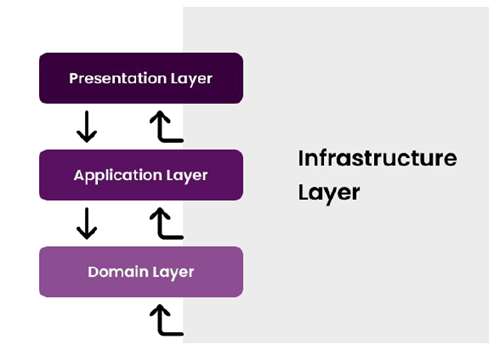
Business Logic places into two layers, the Domain layer and the Application Layer, while they contain different kinds of business logic;
- Domain Layer implements the core, use-case independent business logic of the domain/system.
- Application Layer implements the use cases of the application based on the domain. A use case can be thought as a user interaction on the User Interface (UI).
- Presentation Layer contains the UI elements (pages,components) of the application.
- Infrastructure Layer supports other layer by implementing the abstractions and integrations to3rd-party library and systems.
Domain Layer Building Blocks
Entity: An Entity is an object with its own properties (state, data) and methods that implements the business logic that is executed on these properties.
Value Object: A Value Object is another kind of domain object that is identified by its properties rather than a unique Id. That means two Value Objects with same properties are considered as the same object
Aggregate & Aggregate Root: An Aggregate is a cluster of objects (entities and value objects) bound together by an Aggregate Root object.
Repository (interface): A Repository is a collection-like interface that is used by the Domain and Application Layers to access to the data persistence system (the database).
Domain Service: A Domain Service is a stateless service that implements core business rules of the domain.
Specification: A Specification is used to define named, reusable and combinable filters for entities and other business objects.
Domain Event: A Domain Event is a way of informing other services in a loosely coupled manner, when a domain specific event occurs.
Execution Flow of a DDD Based Application
The figure below shows a typical request flow for a web application that has been developed based on DDD patterns.
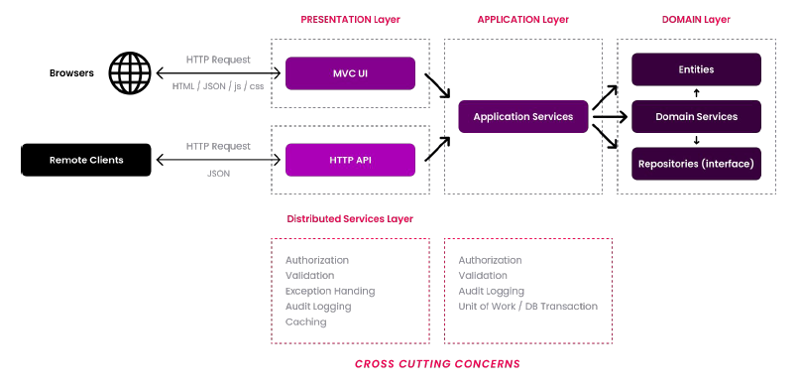
By employing these concepts and techniques, Domain-Driven Design aims to create software systems that are more maintainable, flexible, and closely aligned with the real-world domain they serve.
This two-part series has showcased the powerful combination of Domain-Driven Design (DDD) and Clean Architecture. By integrating DDD principles into the layers of Clean Architecture, developers can create software solutions that are both domain-centric and well-structured. The first post introduced the theory and concepts of DDD within Clean Architecture, while the second post provided practical examples and use cases. Armed with this knowledge, you can now confidently apply DDD in your own projects, building applications that are maintainable, flexible, and aligned with the problem domain.

